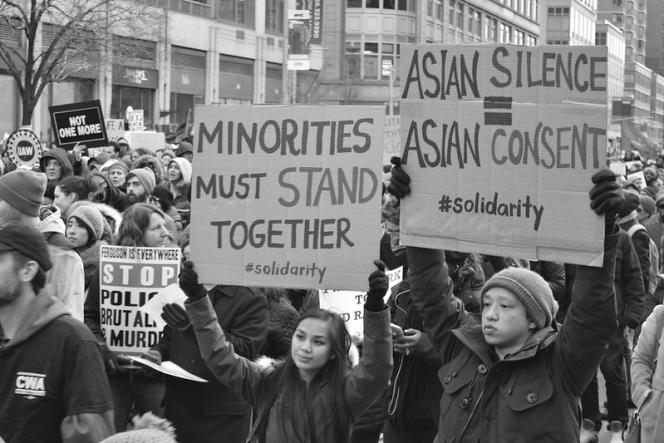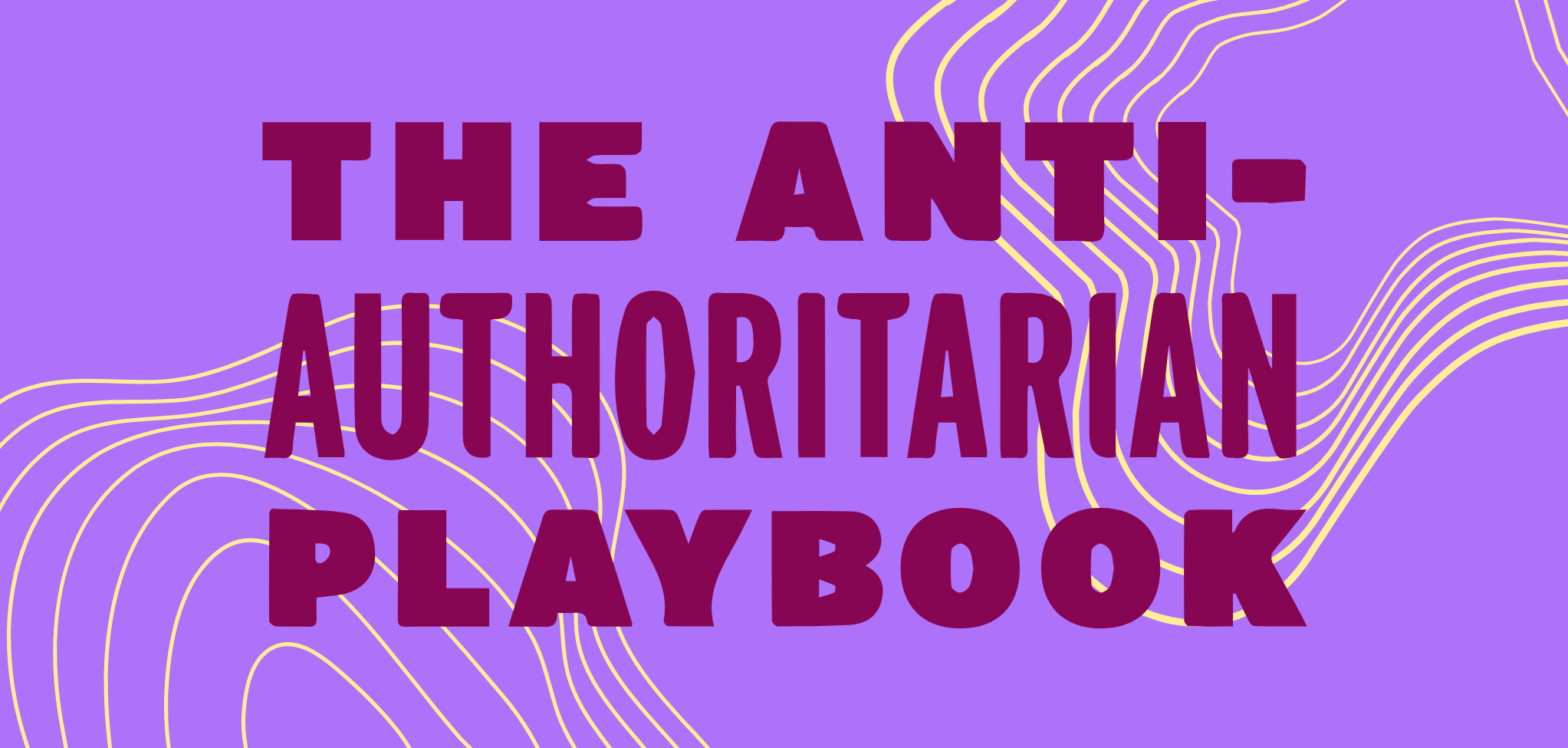Originally published on 22CI’s Anti-Authoritarian Playbook Substack on August 21, 2025. To receive every new edition of this free newsletter directly in your inbox, subscribe to the Anti-Authoritarian Playbook here.
Summary of “Heroes Know Which Villains to Kill: How Coded Rhetoric Incites Scripted Violence”
By Chip Berlet
Chip Berlet’s work examines how political rhetoric, especially coded language, can incite violence by portraying certain groups as existential threats, thus encouraging individuals to take violent action. His analysis highlights the responsibility of political leaders, media figures, and activists in shaping discourse that either promotes or discourages violence.
Key Concepts in Coded Rhetoric and Scripted Violence
1. Coded Rhetoric and Its Impact
- What is Coded Rhetoric?
- Politicians and public figures use language that, on the surface, does not explicitly call for violence but implies that certain groups pose a danger and must be “dealt with.”
- This rhetoric taps into pre-existing social tensions, creating an atmosphere where individuals feel justified in taking violent action.
- How It Works:
- Dog Whistles: Language that conveys different meanings to different audiences (e.g., “globalists” as an antisemitic trope).
- Moral Panics: Amplifying social issues as existential threats (e.g., LGBTQ+ rights framed as an attack on traditional family values).
- Demonization: Targeting groups by framing them as enemies of society (e.g., “radical leftists,” “illegal invaders,” “the deep state”).
2. Scripted Violence: From Words to Actions
- The Concept of Scripted Violence:
- When political leaders frame opposition groups as existential threats, individuals who believe they are “heroes” often take matters into their own hands.
- Example: Lone-wolf attackers who commit acts of violence against perceived political enemies often cite mainstream rhetoric as justification.
- The Process of Radicalization:
- Prejudice Reinforcement: Existing biases are inflamed.
- Demonization: The opposition is portrayed as inherently evil.
- Conspiracy Narratives: Suggest that the targeted group is actively plotting harm.
- Apocalyptic Urgency: Calls for immediate, drastic action to “save” the nation.
3. Historical and Contemporary Examples of Incited Violence
- Past Examples:
- The Protocols of the Elders of Zion → Antisemitic conspiracy theories leading to pogroms.
- The Red Scare → Targeting leftist organizers and activists as existential threats.
- Recent Examples:
- The 2018 Tree of Life Synagogue Shooting → The shooter cited fears about immigrants promoted by mainstream right-wing rhetoric.
- January 6th Insurrection → Built on months of election denial rhetoric, casting Democrats as illegitimate rulers.
- Anti-LGBTQ+ Violence → The framing of LGBTQ+ individuals as “groomers” has led to attacks on Pride events and drag shows.
Recommendations for Grassroots Activists Concerned About Political Violence
1. Disrupt the Narrative Before It Becomes Dangerous
- Expose Coded Rhetoric: Deconstruct and call out dog whistles and incitement tactics before they escalate into violent rhetoric.
- Educate Communities on the Patterns of Radicalization: Host workshops and discussions on how rhetoric escalates to violence and how to recognize warning signs.
2. Strengthen Community Solidarity and Protection
- Build Cross-Movement Alliances: Encourage collaboration between different marginalized communities to create a united front against violent rhetoric.
- Establish Rapid Response Networks: If a community is targeted, ensure there are mechanisms in place for support, legal aid, and emergency safety measures.
3. Hold Public Figures Accountable
- Push for Consequences for Incitement: Call for political leaders and media figures to face professional or legal consequences for speech that incites violence.
- Demand Responsible Media Coverage: Engage with journalists and media organizations to prevent the amplification of violent rhetoric.

4. Counter Disinformation and Hate Speech Online
- Report and Challenge Extremist Content: Organize digital campaigns to call out platforms that allow hate speech to spread.
- Promote Alternative Narratives: Actively produce and share counter-narratives that humanize demonized groups and dismantle misinformation.
5. Build Resilient Communities Against Political Violence
- Invest in De-escalation Training: Teach activists and community members how to handle confrontation without escalating violence.
- Establish Safe Spaces: Secure community hubs where activists and marginalized groups can gather and receive support.
6. Encourage Government and Institutional Action
- Push for Stronger Legal Protections: Advocate for hate crime laws and policies against incitement to violence.
- Monitor Extremist Networks: Work with watchdog groups to track and document violent extremist activity and rhetoric.
Final Takeaway: Coded Rhetoric is a Call to Action—We Must Respond Before Violence Erupts
Understanding the connection between language and violence is critical in countering authoritarianism and political extremism. Grassroots activists must not only recognize and expose incitement but also actively build networks of solidarity, protection, and education to safeguard communities from the consequences of this rhetoric. Proactively challenging narratives before they escalate into violence is one of the most effective tools in the fight for democracy and social justice.

